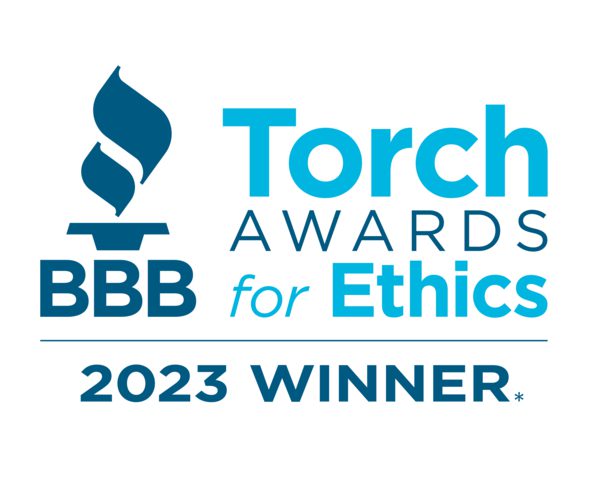The language we use can intentionally or unintentionally express biases. Words matter when used to refer to people with disabilities. It is important to portray individuals in a way that is respectful, accurate, objective, and neutral. This document is intended to be used as an informal guide for language and word choice.
Disability Language Primer: Concepts to Understand
Number 1: It is always best to ask first how someone would like to be identified.
Some people with disabilities prefer person-first language, and some prefer identity-first language. If you are unable to ask, use person-first language or the terms provided in the chart below.
Person-First Language
Person first language situates the person before the disability. For example, using words like “people with disabilities” or “person with autism.”
Identity First Language
Identity first language understands disability as part of a person’s identity. Some will use words like “disabled” or “autistic.”
It is always best practice to ask how someone identifies. However, if you are unable to ask someone individually, it is recommended to use person first language. How someone identifies with their disability is an individual choice.
Number 2: Avoid talking about individuals with disabilities using a Medical Model framework. Use a Social Model framework.
The medical model views disability as something inherently wrong with the person that needs fixed, changed, or cured. The social model views society as the problem and not the disability. Society was not designed or created with people with disabilities in mind. The Social Model understands that people with disabilities can live independently if societal barriers are removed.
Medical Model Example:
As part of his penance, Ebenezer Scrooge must save Tiny Tim, a child with a mobility disability who is unfailingly innocent and dies if Scrooge does not intervene with a cure.
Social Model Example:
In Finding Nemo, Nemo’s father thinks he cannot do the same things as other fish his age because he has a little fin, but when Nemo is unexpectedly put out on his own, he is capable of overcoming obstacles independently.
Number 3: Avoid Euphemisms
It is also important to note that use of euphemisms should be avoided. Terms like “differently-abled,” “diversibilities,” and “handi-capable” are considered condescending to people with disabilities. Shying away from the word disability contributes to the antiquated view that disability is something to be ashamed of and assumes that people with disabilities need others to reassure them that they are special rather than treat them equally to their peers.
Number 4: Avoid Pity
People with disabilities are often treated with pity and charity. People are not “victims” of their disability. The charity model is an antiquated view that pities a person with a disability. This person is incapable of being independent and in need of continual community help or resources. People with disabilities are simply trying to live their lives like everyone else.
It is also important to not infantilize people with disabilities. Regardless of their age, people with disabilities are often treated like children. People will ask if they need assistance but treat adults like adults regardless of disability. Any behavior that treats a person as if they are younger than their actual age is considered condescending and degrading.
Number 5: Avoid Inspirational Rhetoric
Successful people with disabilities should be ‘celebrated’ in the same way that people without disabilities are celebrated. Depicting anyone with a disability in feel-good ways for a heart-warming story is objectifying. When writing about someone with a disability, avoid stories of overcoming or triumph. People with disabilities do not exist to inspire others.
Number 6: Communicate with the Person
When communicating with someone with a disability, always talk directly to them. For example, some people who are deaf or hard of hearing use an interpreter. During those conversations, the interpreter is assisting in the conversation, but you do not direct your discussion to the interpreter. Still look at and engage with the individual. This is also true for anyone who has a caregiver, aide, or other non-disabled individuals with them that might or might not provide communication assistance.
Below is an informal guide that highlights the Do’s and Don’ts of language to describe people with disabilities. Please note that this guide is not all inclusive and best practice is to always ask the individual how they would like to be identified and follow their lead.

